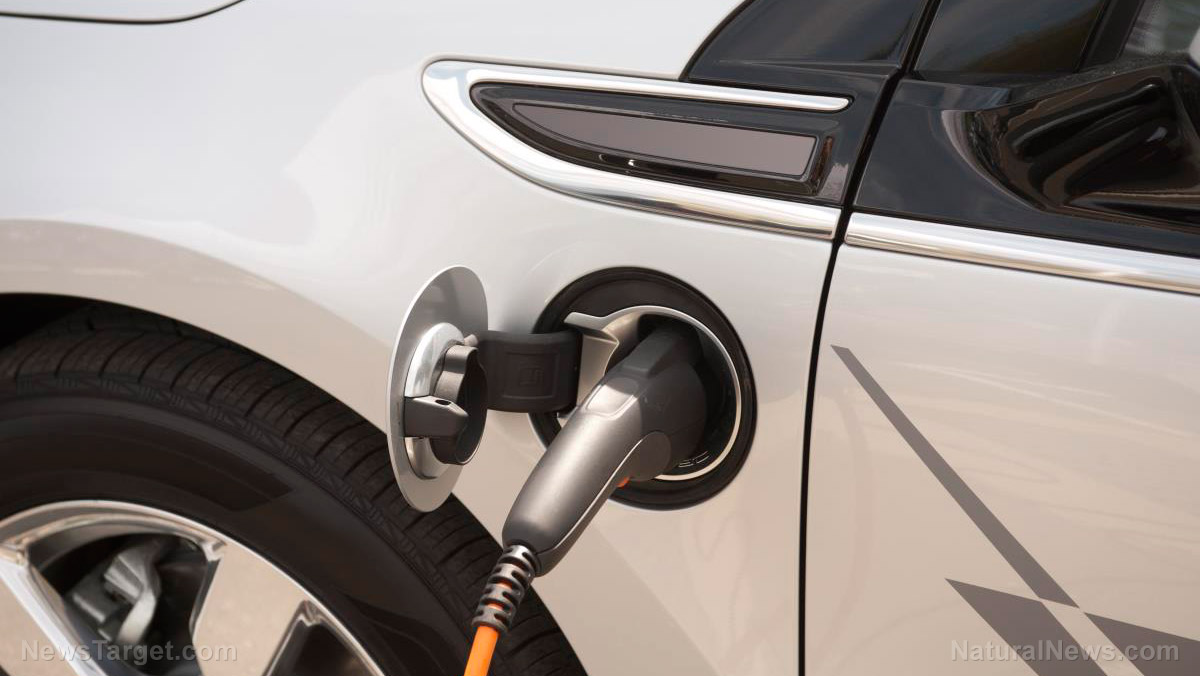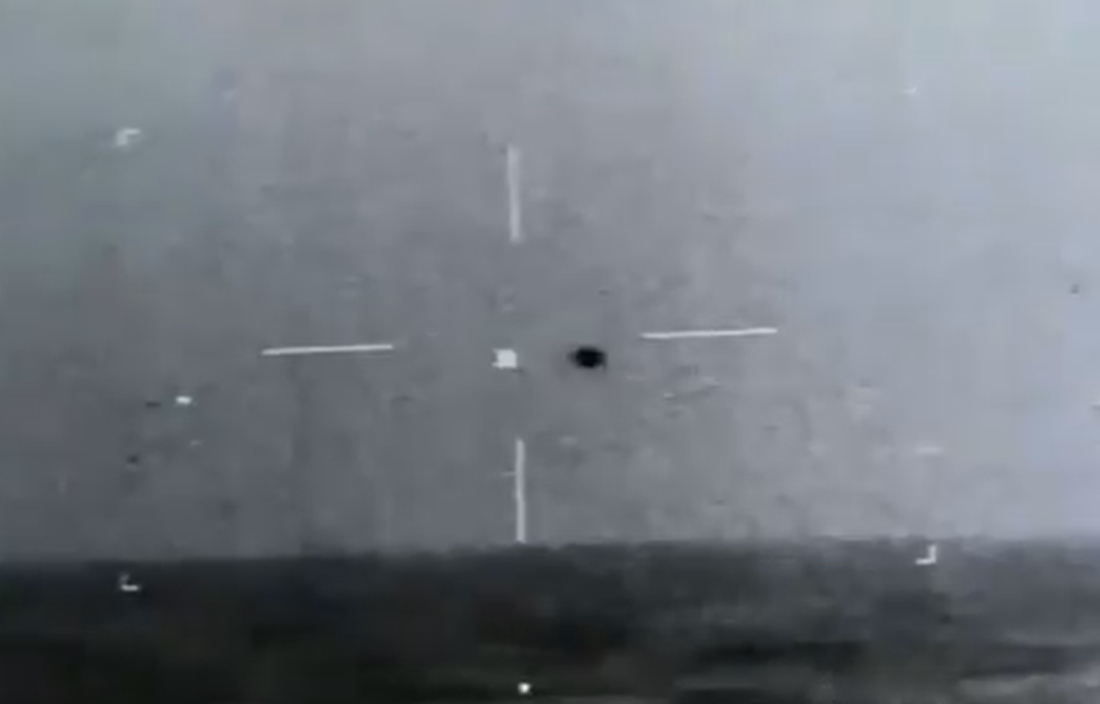Range test finds gas pickup can tow 2,000-lb trailer 2.8 times farther than new electric pickup
08/19/2022 / By Arsenio Toledo

A range test featuring an electric pickup truck and a gas pickup truck showed that the latter would be able to take a trailer weighing 2,000 pounds (lbs) 2.8 times farther than the battery-powered truck.
The range test was conducted by The Fast Lane Truck (TFL Truck), an online automobile-focused publication. The test featured a 2022 Rivian R1T, an all-electric, battery-powered pickup truck, and a 2022 Toyota Tundra, an internal combustion engine pickup truck, versions of which have been sold since 1999. (Related: Electric vehicles have more quality issues than combustion engine cars, new study finds.)
For the test, both pickup trucks were tasked with towing a 2,000-lb teardrop trailer hooped up to their hitches as far as they could go. Both vehicles would drive the same route. The Rivian would be fully charged before it sets out and the Toyota would drive with a full tank of gas.
First up was the Rivian, whose computer automatically detects when a trailer is attached and asks the driver if towing mode should be engaged. The computer noted that this mode should be used to “prevent vehicle damage.” When engaged, the truck drives with a higher level of regenerative braking and its suspensions stiffen to handle the higher load. The R1T is estimated to be able to tow up to 11,000 lbs.
The driver from TFL Truck engaged towing mode and the Rivian’s computer estimated that it would be able to drive for 135 miles. When the truck made it out onto the highway, this estimate jumped up to 154 miles.
TFL Truck noted that a different version of the R1T has an estimated driving range of 280 miles when riding on all-terrain tires.
By the end of the first test, the R1T achieved a 153-mile trip in two hours and 45 minutes at an average speed of 55.6 miles per hour. It used 91 percent of its battery to do so, suggesting a total range of around 168 miles if the battery was drained completely. TFL Truck noted that the Rivian did not go into battery-saving mode at any point during the test, suggesting that the truck could go a bit further with power-saving techniques.
The Toyota Tundra, driving under similar conditions, was able to cover the 153-mile drive only using up about 32 percent of its fuel tank or around 10.34 gallons of fuel. With nearly 22 gallons of gas left, the Tundra could theoretically drive 473 miles while towing a 2,000-lb trailer before running out of gas, or approximately 2.8 times farther than the R1T.
Car experts agree gas trucks are still the better option
Car journalists who commented on TFL Truck‘s investigation noted that the range test proves that internal combustion engine vehicles are still the best option, although electric vehicle technology is getting better.
Mark Kane, writing for Inside EVs, noted that if the test used the version of the R1T with the 180 kilowatt-hour battery, its towing range would increase beyond 200 miles. But even if this was the case, the Tundra would still have slightly more than twice the range of the R1T.
“While the electric pickup is certainly a superb all-rounder, it appears [internal combustion engine]-powered trucks are still the way to go (for now) when it comes to long-distance towing,” wrote Jarryd Neves for CarBuzz. “However, that’s not to say the Rivian can’t tow – short distances (to the drag strip, for example) can be done with ease. But from a purely practical perspective, it seems gas-powered trucks are still the best bet.”
Learn more about electric vehicles at RoboCars.news.
Watch this video from TFL Truck as the publication conducts the range test between the electric battery-powered Rivian R1T and the internal combustion engine Toyota Tundra.
This video can be found in the Daily Videos channel on Brighteon.com.
More related articles:
Contrary to what people believe, electric vehicles are not cheaper than gas-fueled vehicles.
Study: 1 out of every 5 California electric car owners switching back to gas.
Sources include:
Submit a correction >>
Tagged Under:
cars, electric cars, electric vehicles, future tech, internal combustion engines, inventions, products, range test, real investigations, Rivian R1T, Toyota Tundra
This article may contain statements that reflect the opinion of the author
RECENT NEWS & ARTICLES
COPYRIGHT © 2017 INVENTIONS NEWS




















